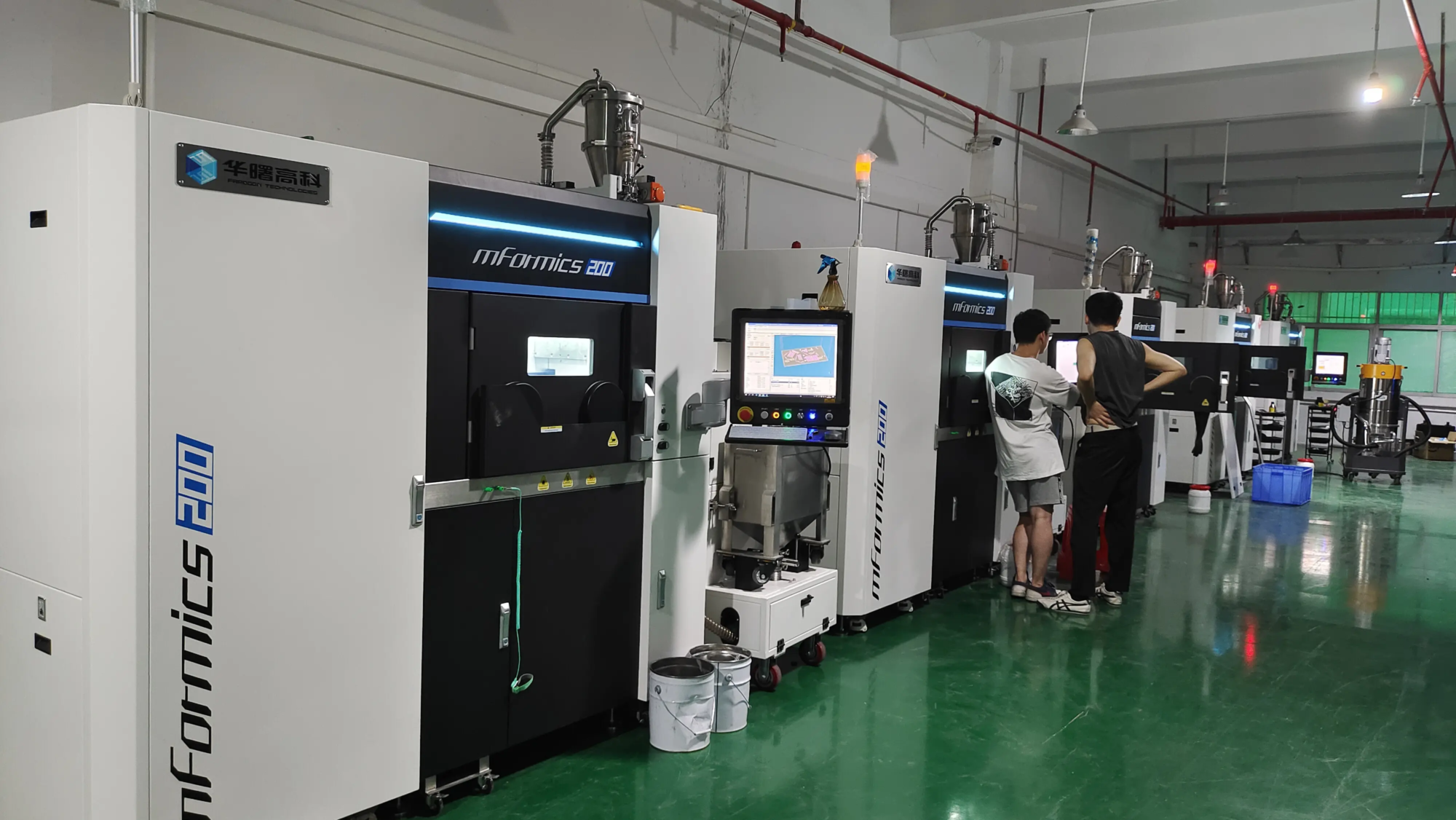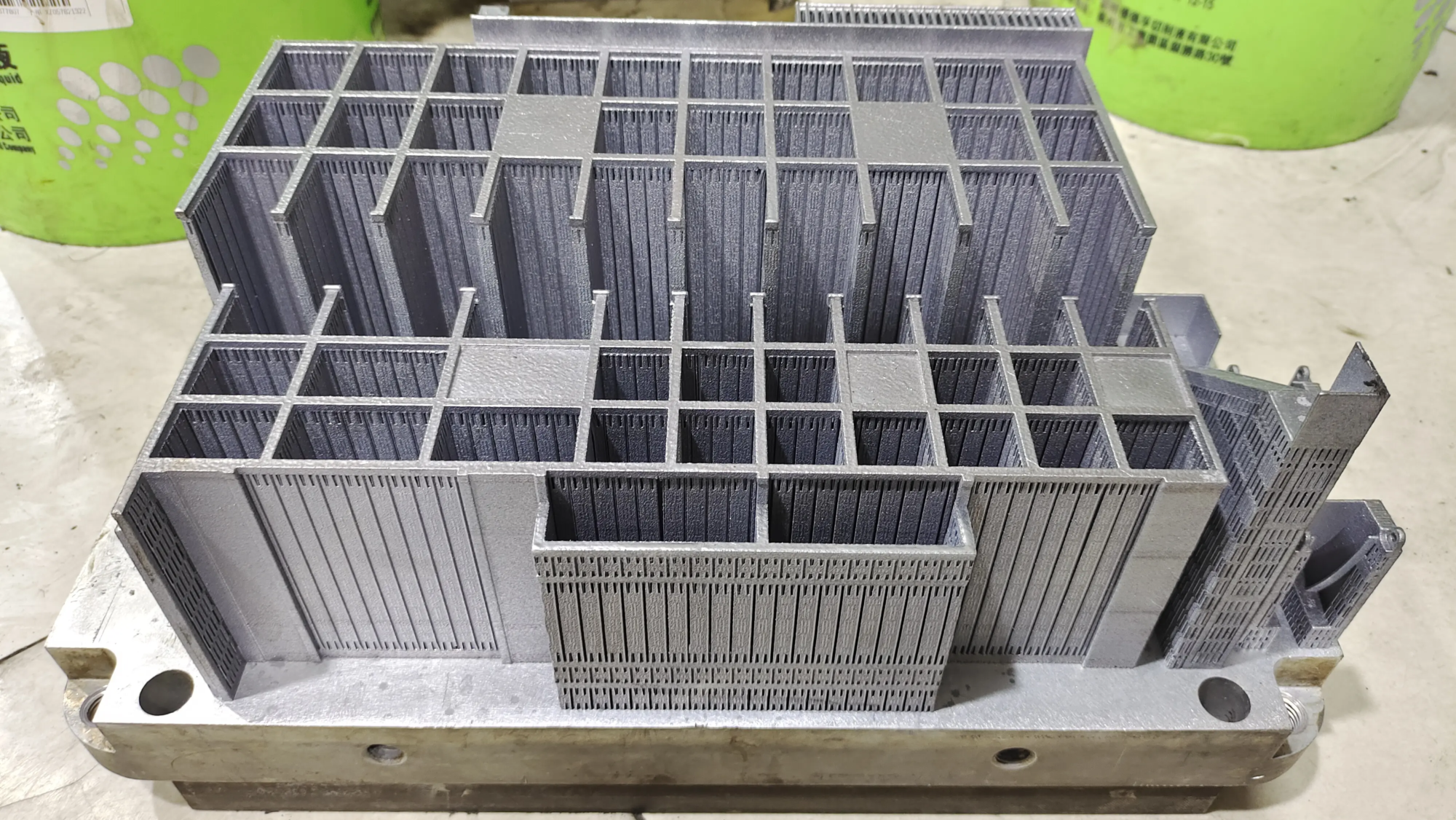3D printing + medical treatment have broad prospects, and Qingfeng Technology is the shipbuilder of this wave.
Introduction:People with sleep apnea stop breathing repeatedly while they sleep. Physiologically, this phenomenon occurs because the front wall of the throat collapses and conforms to the back wall, causing airway obstruction. This process can cause alternating snoring, apnea, and heavy breathing, which is a typical manifestation of sleep apnea.
Sleep apnea can lead to serious health problems such as heart attack, stroke, high blood pressure and brain damage. Currently, approximately 176 million people in our country suffer from sleep apnea, and the number of patients in the United States exceeds 40 million. This phenomenon has brought enormous market potential. According to statistics and forecasts from QYR (Hengzhou Bozhi), the global sales of CPAP devices for the treatment of sleep apnea reached $2.76 billion in 2023 and is expected to reach $48.94 billion in here 2030.
The CPAP ventilator is a common device, but because its mask is not comfortable to wear, some patients find it difficult to insist on using it. To solve this problem, Qingfeng Technology LuxCreo cooperated with EMA Sleep to improve sleep apnea equipment through 3D printing technology.
As a leading provider of digital dental solutions, Qingfeng Technology recently launched domestically produced direct 3D printed invisible braces, Yuejian 4D Memory Braces™️, which has been approved for sale. Today, the company is extending its strengths in 3D printing to medical technology. The partnership with EMA Sleep aims to improve the performance of elastic mandibular advancement devices (EMA devices).
The EMA device is a custom-made device that helps patients stabilize their breathing by moving the jaw forward to keep the airway open. Compared to the more invasive CPAP mask, the EMA device is more comfortable to wear and is suitable for patients with mild to moderate sleep apnea.
Through Qingfeng Technology’s 3D printing process, EMA Sleep will be able to realize on-site production of EMA equipment in the clinic. According to the company, it only takes 2 hours from performing the oral scan to producing a custom EMA device. In 24-hour production mode, a 3D printer can produce 2,000 EMA devices per month, which equates to 24,000 units per year, or 80% of the 30,000 authorized devices produced in the United States last year.
Additionally, the U.S. Food and Drug Administration (FDA) approved a 510(k) clearance (K232735) for the 3D-printed EMA device this year, allowing it to be sold commercially in the U.S. market, bringing significant support for this collaborative project.
In this cooperation, the iLux Pro Dental DLP 3D printer developed by Qingfeng Technology will be used. The printer has a build volume of 192 mm x 108 mm x 200 mm and a resolution of 2560 x 1600 dpi with a pixel pitch of 50 μm (XY).
iLux Pro Dental uses Qingfeng Technology’s patented LEAP™ (Light Additive Production) technology, which is said to significantly improve the surface finish, dimensional accuracy and mechanical properties of 3D printed parts. In addition, the FDA certified resin developed by Qingfeng Technology will become a key material for EMA equipment, providing a strong guarantee for achieving high-quality production.
Through this cooperation, it is not difficult to find that Qingfeng Technology’s in-depth cultivation in the medical field has achieved the first results. Focus on different medical segmentation applications and treat 3D printing as a beneficial tool. For equipment manufacturers, the old model of simply building equipment for the sole purpose of manufacturing equipment no longer works.
Nowadays, it is necessary to clearly define the positioning of the device before leaving, preferably around a certain application. If this direction is established, further development will be smoother, because from the start your product is a customized solution for specific needs and can replace existing processes.





